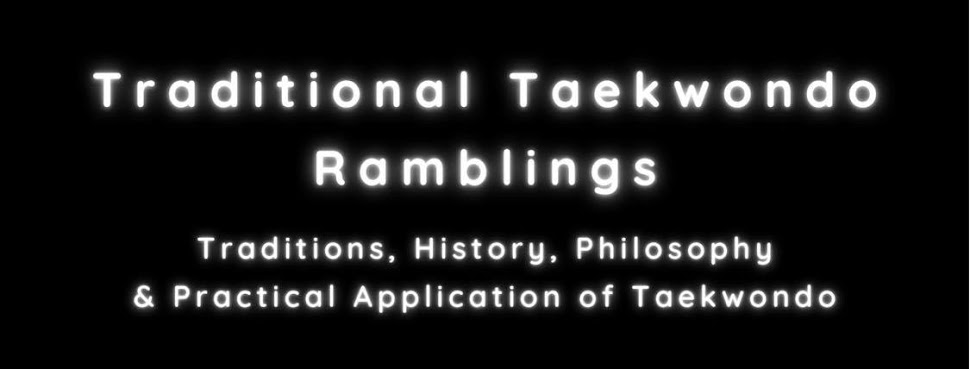
Have you ever heard of "Jeet Kune Do; Way of the intercepting fist"? This was a concept and a philosophy that Bruce Lee came up with regarding martial arts training. He did not view it as a "style" or as a seperate martial art but rather as a concept that could be used in martial arts training for personal growth. The best known and in my eyes the best description of the concept is "absorb what is usefull and reject what is not". Using this concept in your training would make every mans "style" unique as what works for one person might not work for the next man. The techniques often labeled Ho Sin Sul in Taekwondo is often purely up to the instructor that teaches them. They are the techniques that are outside of the core curriculum of punching, kicking and blocking. They are release techniques from various grabs, grappling, throws, take downs, sweeps etc. Anything that can be used in self defense.
As this is outside the core curriculum instructors are often free to import techniques as they see fit from outside styles. This has been done since the beginning of Taekwondo as such Taekwondo training offers the students a "Jeet Kune Do" concept as a bonus. This only applies if the teacher actually teach Ho Sin Sul as part of the regular training. Unfortunatly many things that historicly was part of Taekwondo is rapidly dissapearing in todays race for Sport dominance. Taekwondo is a striking style for sure but we need a back up plan and basic grappling skills or we will have a serious flaw in our arsenal of combat techniques. This hole in our training was covered with ho sin sul training as the training incorporated all the missing pieces of the puzzle. Today students often say that throws are not part of Taekwondo. That is WRONG as throwing allthough basic has always been a part of Traditional Taekwondo. The founders saw that their martial art of hard style Karate that was divided up in three areas or pillars (Basics, forms and sparring) left a great hole in their preperation for self defense, and as such ammended this by including self defense training in their syllabus.
Typical Ho Sin Sul techniques include (but is not limited to):
- Escapes and release techniques from various grabs and holds.
- Different joint locking techniques.
- Different throws.
- Different take downs and trips.
- Sweeps.
- "Nasty" strikes (elbows, head butts, knees)
- Stomps
- Vital point attacks
- Etc
Today Ho Sin Sul is like most other aspects of our training divided in two camps: One is Movie Ho Sin Sul that is often used in demonstration for show and is in no way in line with any kind of reality and the other being what this post is about, a collection of techniques to round up your skills so you can face any attacker at any distance. Traditional Taekwondo is a lot more diverse then you would believe looking at main stream Taekwondo schools today. Are you getting the most out of your training? Is your Dojang only focused on olympic sparring? Do you feel confident at facing an attacker at clinching range or do you not know what to do when the oponent has gotten a grip on you? Train well, if you have "gaps" study another art for a few months and include what you need in you personal Jeet Kune Do repetoaire Ho Sin Sul:-)
Click here to read the last part. Kyopka/Breaking and its role in Taekwondo



Thanks for sharing this useful info..
ReplyDeleteadd